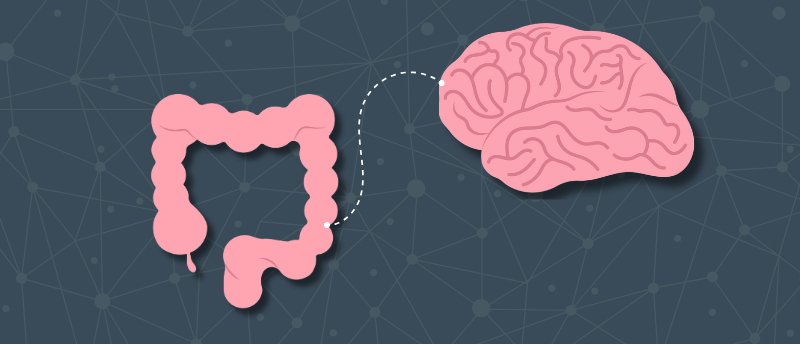New method to study gut alterations in Alzheimer’s disease

X-ray tomography can be applied to identify cellular and structural alterations of the gut, which could be pivotal for early detection of Alzheimer’s disease.
A team of researchers, led by the Institute of Nanotechnology (Rome, Italy) and the European Synchrotron Radiation Facility (Grenoble, France), have discovered that alterations in the cellular composition and structure of the gut can be identified using nano- and micro-X-ray phase-contrast tomography (XPCT), providing insights into the connections between the gut and Alzheimer’s disease.
Previous studies have reported that communication between the gut and the brain occurs in a bidirectional manner through neurons in both organs, creating a pathway known as the gut-brain axis. Psychiatric and neurological disorders, such as Alzheimer’s disease, have been linked to breakage or dysfunction of this axis.
This dysfunction can occur through changes in the gut microbiota composition, such as dysbiosis, which entails the loss of microbial diversity and an abundance of ‘bad’ bacteria that produce inflammation-promoting metabolites, eventually leading to the breakage of the gut-brain barrier. Gut dysbiosis is thought to contribute to Alzheimer’s disease by the ‘bad’ bacteria entering the circulation and reaching the brain.

The Mediterranean diet and cognition: is the gut microbiome the key?
Investigations of the Mediterranean diet, the gut microbiome and cognition have revealed intriguing associations between the three…
It has been hypothesized that upon dysbiosis, changes also occur at the structural and cellular level, and this could result in the bacteria escaping from the gut; however, evidence of this is still poor. To investigate these alterations, the researchers applied nano- and micro-XPCT, which allowed them to capture high-resolution 3D images of the gut in various mouse models of Alzheimer’s disease, without the aggressive tissue manipulation required for other imaging techniques.
The corresponding XPCT images demonstrated alterations in the ileal villi and crypts of mice with Alzheimer’s disease, such as increased length of villi. XPCT also unveiled relevant changes in goblet cells and Paneth cells within the gut cavity, both of which belong to the innate immune system. In normal conditions, goblet cells contribute to the protection of the intestine while Paneth cells are related to intestinal homeostasis.
The technique also detected telocytes, erythrocytes, neurons and goblet cell mucus secretions within the gut cavity. Together, these alterations in the cellular composition and structure of the gut may suggest the transition from dysbiosis to neurodegenerative and cognitive decline associated with Alzheimer’s disease.
“This technique represents a real breakthrough for the thorough analysis of the gut, and it could be pivotal in early detection and prognosis of the disease,” commented corresponding author Alessia Cedola (Institute of Nanotechnology).
The team plan to continue their work by using XPCT to investigate communication between the gut and the central nervous system to elucidate its role in Alzheimer’s disease.
“By gaining a deeper understanding of these processes, we hope to identify new therapeutic targets and develop innovative treatments for this devastating disease,” concluded Cedola.





